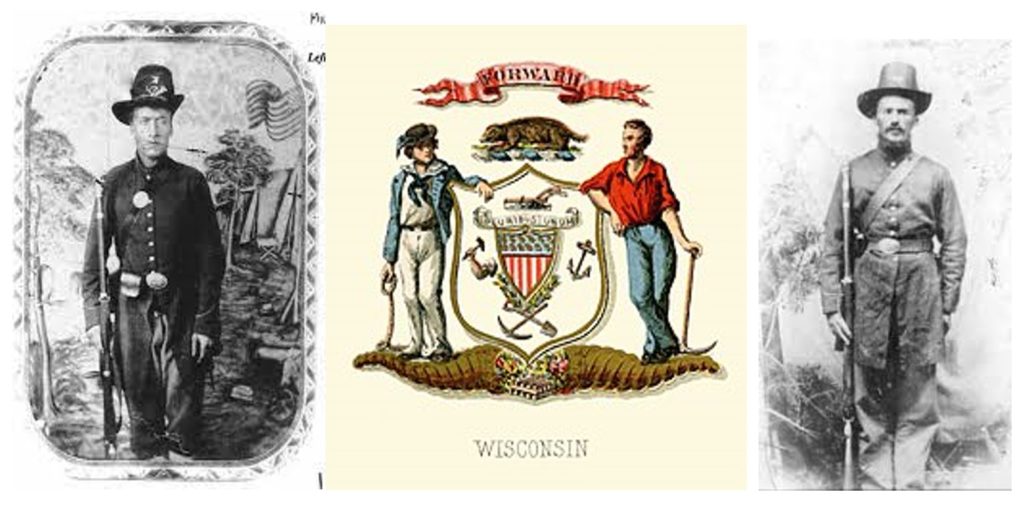Civil War Quiz: What Do You Know About the Attack on Fort Sumter?
Q#1 – Fort Sumter is a sea fort in the harbor of Charleston, South Carolina. Was it constructed on a real or artificial island?
Q#2 – Why was the fort originally built?
Q#3 – We all know that the Confederates attacked Fort Sumter on April 12, 1861, and eventually captured it. There was a second battle fought there; when was that and what was the result?
Q#4 – On December 26, 1860, only six days after South Carolina seceded from the Union, U.S. Army Major Robert Anderson abandoned what fort and transferred his command to Fort Sumter?
Q#5 – The attack on Fort Sumter on April 12, 1861, has traditionally signaled the start of the Civil War because the first shots were fired. This is incorrect. When were the first shots fired as they relate to Fort Sumter and what were the circumstances?
Q#6 – After realizing that Major Robert Anderson’s command on Fort Sumter would run out of food by April 15, 1861, President Lincoln ordered a fleet of ships to attempt entry into Charleston Harbor and supply Fort Sumter. Who commanded this fleet?
Q#7 – What was the name of the Confederate fort that fired the first cannon shots at Fort Sumter?
Q#8 – Edmund Ruffin, noted Virginian agronomist and secessionist, claimed that he fired the first shot on Fort Sumter and his story has been widely believed. But who actually fired the first shots?
Q#9 – What was the reason that only solid iron balls could be used by the Union cannons in Fort Sumter against the Confederate batteries?
Q#10 – During the attack, the Union colors fell inside the fort. What was the name of he Union officer who risked his life to put them back up?
Q#11 – How many deaths were attributed to events at Fort Sumter?
Q#12 – Where were the Union soldiers transported after the surrender of Fort Sumter?
Q#13 – We all know that President Lincoln was assassinated on April 14, 1865, But, what significant event occurred earlier that day at Fort Sumter?
Q#14 – After the Civil War ended, what was done to Fort Sumter?
Q#15 – One hundred and forty-seven years after it was sent, a rolled up telegraphic message was found and eventually given to a museum in Charleston, S.C. The telegram was dated April 14, 1861, from the Governor of South Carolina to Gazaway Bugg Lamar in New York. In part, what did the telegram state?


